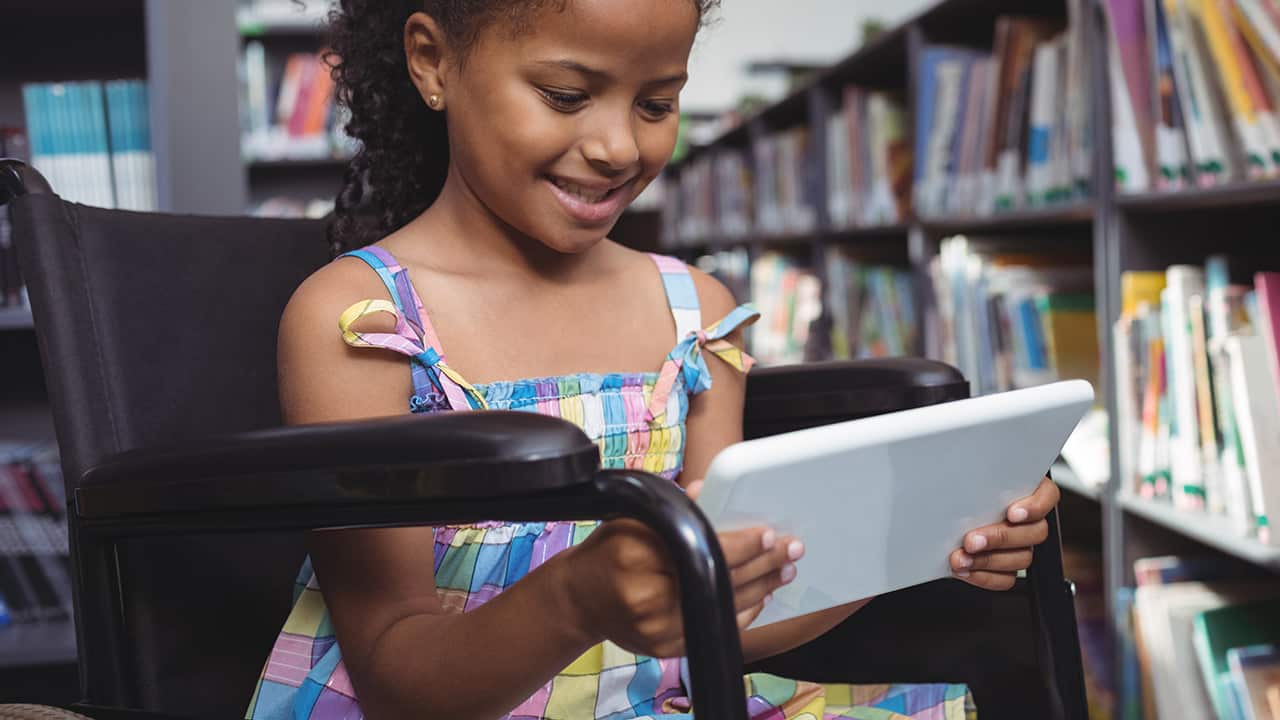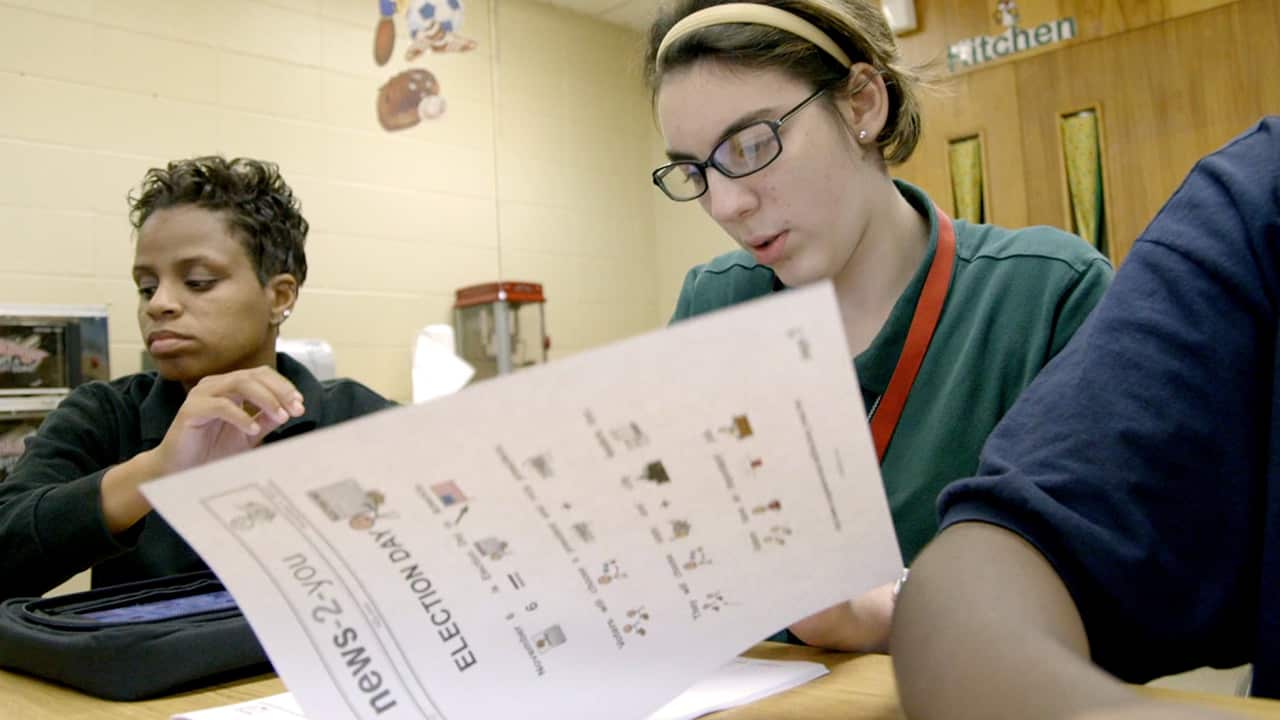As summer comes to a close, it is time again to prepare for the exciting opportunity to teach a new class of students or welcome back the students you worked with last year. The end of summer is an opportune time to begin gearing up for the new school year in order to make the most meaningful impact on your students with unique needs.
The following six tips will help you start the year prepared, organized, and focused.
1. Start getting organized now!
Prepare your organizational system before the paperwork starts to pile up and deadlines approach. Come up with a realistic system that works for you to keep academic work, assessment data, and other special education documentation for each student organized and accessible. Consider the differences this may entail from previous years. Could everything be kept digitally this year? The students will keep you busy once they return, so make sure your digital and/or hard copy filing systems are ready before the school year begins. Special education solutions like Unique Learning System, Polaris, Inspire, and Positivity will help keep your data organized and quickly accessible.
2. Review each Individualized Education Program (IEP)
Take a close look at the Present Levels of Performance, goals and objectives, accommodations and modifications, service delivery options, and timelines (next IEP meeting, etc.). Schedule upcoming meetings as well as reminders ahead of time, so you are not rushing at the last minute to be a meaningful contributor in those meetings while maintaining compliance. If you are a Unique Learning System or Polaris subscriber, now is the time to compare your students’ IEP goals with actionable data.
3. Network with new teachers, especially if you share students
Get to know the teachers and their styles and help them feel welcomed and supported at your school. If you work with any new general education teachers, ask them if they have any questions or concerns about students in their classrooms. Incorporate effective means of communication to ensure you are all working together to meet the needs of all your students, regardless of setting. Your expertise in IEPs and working with those with disabilities can be a great resource for teachers who need support to provide effective and inclusive classrooms.
4. Review your materials and your instruction from last year
It’s important to determine what did and did not work. Identify what you did well and what you could have done better, then make changes accordingly. Part of being a professional is reflecting on your practices and understanding that you can always grow and learn. What new materials will you need, based on the IEPs for the students in your class or on your caseload, and how you will access them? What instructional techniques did you find most effective with students? Continue implementing techniques that worked and try some new ones to reach all types of learners in your classroom.
5. Take care of the small details to make learning fun for your students
If you have your own classroom, create a class calendar for the wall or use an easily accessible virtual calendar with holidays and student birthdays listed, if appropriate. You can even use Positivity’s visual schedule to keep everyone using a routine! Check out SymbolStix PRIME to create symbol-supported activities and boards. Also consider making fun packets with stickers or a new pencil to welcome your students to your class!
6. Remind yourself why you do this important job
Teaching students with unique learning needs can be challenging, but all your hard work will ultimately make meaningful differences in the life of each of your students. It is especially important to advocate for them and set high expectations for all learners. The impact of your expertise, guidance, and support can change a life!



